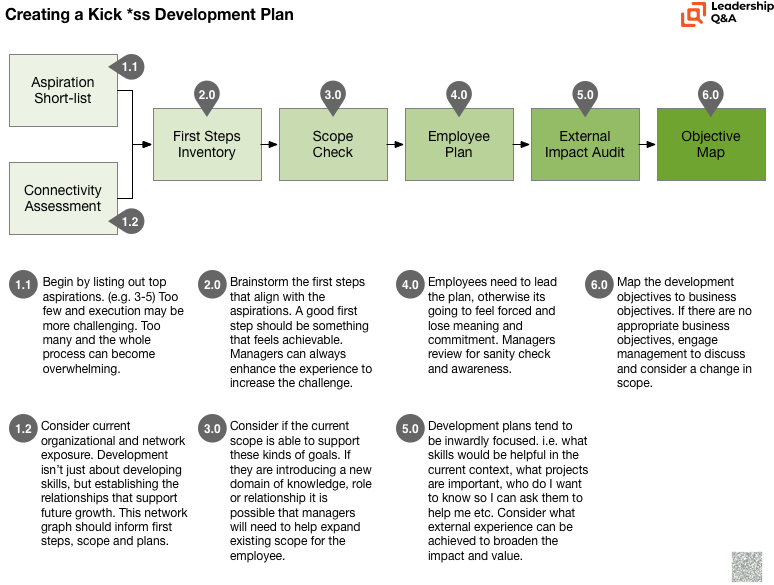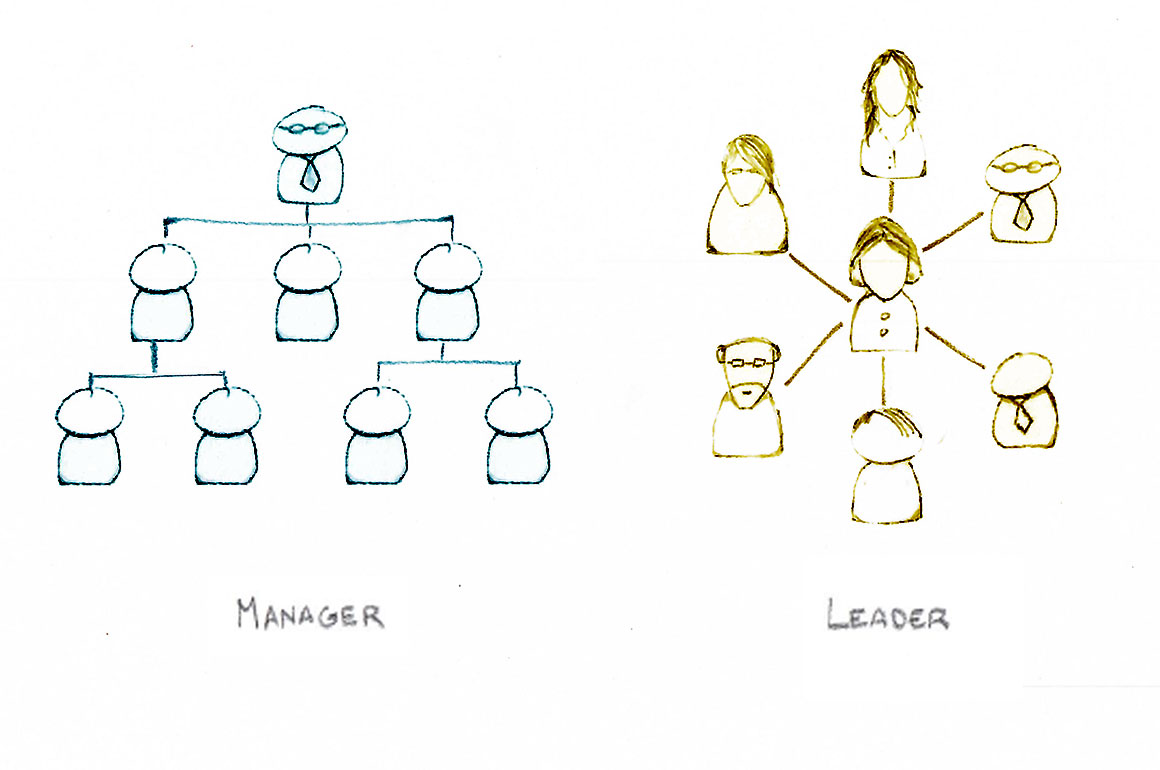1. Who is this person and to what do they aspire to?
These goals should be the things they would do because they are passionate about them. Any extra effort would be welcomed as a pleasure. Consider the professional connectivity that exists today and which relationships are desired moving forward. Write down these goals even if they seem longer term areas of focus. These are the anchors for what comes next.
Progress comes from ensuring that the goals we set are intrinsically motivating.
2. Identify significant and reasonable first steps towards those longer-term goals.
It is often easier to begin by capturing realistic milestones and then stretching them to challenge. Everyone is typically managing expectations and workload in these conversations. Progress comes from ensuring that the goals we set are intrinsically motivating. If they are too easy, they won’t be as engaging or rewarding. Sometimes too easy also never gets done.
3. Assess if the current employee context (i.e. domain, role, skill, exposure, network) offers enough scope to support the kinds of development activities required.
Often this is where managers and employees are discouraged. The employee’s aspirations might not fit neatly in their current situation, which is a great sign.
Grow beyond the current context
Development should include growing beyond their current context. Whether it is formally or informally, employees need to expect that their scope will increase to match their goals.
4. Have the employee propose the plan and measures of success.
This creates ownership, sets up where they are with self-assessment, seriousness and conviction without making it an overt social engagement. Self-assessments in the light of others are often inaccurate because of social dynamics. Allowing the employee to propose the goals allows them to reveal their current thinking and then invites you to shape as needed.
if you are hyper-focused on your Company’s development, then you are missing out on your own
5. Given a set of employee led goals and planning, consider what can be done external to the organization.
This is missed by 99% of professionals. The modern workforce needs portability and if you are hyper-focused on your Company’s development, then you are missing out on your own. Encourage employees to consider how they engage the world with their work. Examples include: presenting at conferences, engaging professional organizations and authoring. For some industries, these activities are challenging, but it’s worth pursuing nonetheless
6. Map the development activities to business commitments.
Managers often miss this key step which makes professional development an “above and beyond” effort. By aligning the development activities to business commitments, the employee’s business goals reinforce their professional development.
Business goals should reinforce professional development
Now, this might take some imagination on your part. The business commitments are already defined. Consider expanding them to include a broader scope to hold these goals. Ideally, align the professional goals with core activities, however there will be a need to expand scope to accommodate eager employees and it is worth doing. In this case, work to expand the scope of an existing core commitment or simply create a new commitment that aligns with your scope as a leader.
Your organization can’t be the limitation to growing your people
If you work in an organization where you are not allowed to formally change commitments, then make it informal. The governance of an organization can’t be the limitation to growing your people or it will be detrimental to high-performance.
Box this activity
There are two more points that should help time box this activity. Remember, this advice is intended to be practical, and there is only so much room to get specific around the vaguer points.
- First, focus on the top three aspirations and expect to make progress in order of importance and practicality. Some employees have many objectives. Part of making progress is deciding which matter to them most and which align best with the context you know you can create.
- Second, scope the first activity to fit inside of business deliverable timelines and no more than the company review cycles. This will ensure that you are assessing business and professional accomplishments at the same time, which makes for productive natural employee conversations.
Recap in 1, 2, 3
The hard part of managing to aspirations is that they often do not align neatly to current business or time frames. The trick is to:
- Tackle the tangible moves in the right direction.
- Engage employees in owning the scope, plan and success (what does it look like).
- Ensure the employee is working on stretch goals that you can align with the business.
The job of the leader and manager is to meet the employee where they are and help them understand which goals are most actionable and then reduce the amount of overhead it takes to enable them to execute. The paper work is on the employee, but the context is created by the manager.
Great leaders find creative ways to develop even the most accomplished professionals. As this approach becomes second nature, it also becomes a learned behavior making it easier for employees to communicate, plan and execute without heavy lifting or uncomfortable laughter.
















